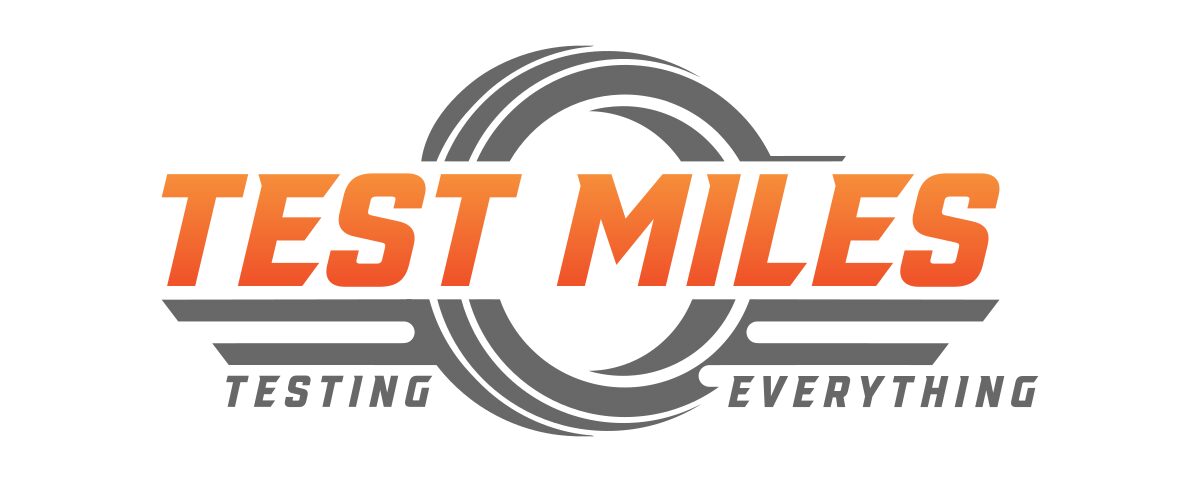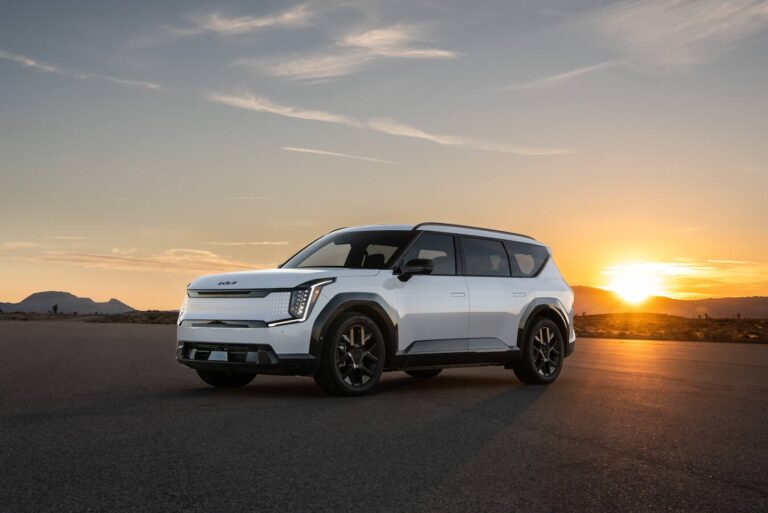Ford Pays Your EV Lease Down Payment Post-Credit Expiry
Ford pays your down payment on an EV lease past the tax credit expiry to keep EVs affordable the end of 2025.
Ford and GM seek to carry the $7,500 credit beyond its deadline
As the $7,500 federal EV tax credit expires on September 30, 2025, Ford and GM have rolled out creative workarounds. Ford will effectively pick up your down payment via its financing arm, and GM will coordinate with dealers to preserve lease incentives. These moves could be pivotal in sustaining EV demand during the transition.

You may also like: Mattel Brick Shop and Hot Wheels Build Iconic Audi Models
Why does this matter right now?
The expiration of the federal $7,500 EV tax credit is a seismic shift for U.S. electric vehicle buyers and automakers alike. Without that incentive, many EVs risk becoming less competitive versus internal combustion vehicles especially with elevated battery costs and rising interest rates. Ford and GM’s new programs are immediate countermeasures: their financing arms will purchase vehicles in dealer stock by making the down payment, thereby qualifying for the tax credit themselves. Dealers can then lease those vehicles to consumers with the credit effectively built in.
Ford’s plan runs through December 31, 2025, giving buyers a three-month buffer past the original deadline.nMeanwhile, GM is coordinating similar extended lease offers with its dealer network so that EV lease payments remain competitive. These strategies matter now because EV sales are projected to drop sharply in Q4 2025 without incentives, automakers can’t afford a sudden demand collapse.
In this climate of policy shifts, automakers are racing to preserve momentum.

You may also like: Acura ADX vs BMW X1 and Audi Q3: Which SUV Wins?
How does it compare to rivals?
No other legacy automaker, to date, has matched this “carry-over” tactic in quite the same way. While Stellantis (Jeep, Dodge) and Toyota are also offering aggressive lease deals, their strategies differ. For example, Stellantis is offering the 2025 Dodge Charger Daytona R/T Stage 1 AWD EV for about $188 per month over 36 months with $3,980 due at signing, and a similar structure for the 2025 Jeep Wagoneer S Limited AWD EV over 24 months. Those deals expire September 30, 2025. (They aim to cushion the blow, not circumvent it.)
Toyota’s approach is more conventional: the 2025 bZ4X can be leased for $179 per month for 36 months, with up to $12,750 in lease subvention cash and complementary EVgo charging for one year. It’s not as bold as Ford’s down-payment scheme, but it shows that every automaker is adjusting for the new incentive environment.
Ford and GM’s tactic has the edge in preserving consumer pricing post-expiry. The risk? Inventory must already exist in dealer stock. Their programs depend on purchasing eligible EVs from inventory so the credit can be claimed, then passing that benefit through leases.

You may also like: Hyundai IONIQ 9 Dominates NWAPA Drive Revolution 2025 Awards
Who is this for and who should skip it?
If you were planning an EV lease in late 2025 but feared the tax credit’s end would push payments out of reach, these programs are precisely for you. You benefit from near-continuity in pricing, especially for mainstream models. Enthusiasts of high-volume EVs (F-150 Lightning, Mustang Mach-E, etc.) may find familiar territory preserved. If your target was a lower volume or luxury EV, the availability might be more constrained.
However, buyers seeking to purchase (not lease) an EV now face a harder landscape. The programs target leases, not outright sales, since leasing entities can qualify for the credit in the interim. Also, if you live in a state already offering generous EV incentives, or your dealer has alternative discounts, you’ll need to crunch whether Ford’s or GM’s financing scheme is the optimal route.
For short-term lessees (say 12 or 24 months) who can absorb a residual value risk, or buyers who prefer owning and claiming remaining incentives, these lease schemes may not align. If your plan was to buy a used EV post-expiry, this doesn’t directly help you; used credits vanish as well.

You may also like: BMW Bets Big on Sustainable Manufacturing
What is the long-term significance?
These programs mark a fascinating evolution in how automakers navigate subsidy cliffs. Instead of waiting for legislation to restore tax credits, Ford and GM are engineering workarounds in real time. That signals how deeply reliant EV adoption models have become on public incentives.
Beyond 2025, we may see more “finance and incentive engineering” — automakers offering internal incentives, captive leasing maneuvers, residual guarantees, or subscription schemes — to blunt policy discontinuities. The 2026 landscape may look less dependent on direct credits and more on creative in-house programs.
Moreover, this is also a test of consumer elasticity. If buyers hold off despite these schemes, it could shatter the assumed pipeline of EV adoption. Policymakers will watch carefully: if EV sales crash, pressure will mount to reinstate subsidies.
In short, Ford and GM are buying time with financial engineering. Whether that time yields strong footing or an overextended stopgap remains to be seen.
You may also like: Hot Wheels Futura: Mitsubishi 3000 GT VR-4 Art Car Die-Cast

Conclusion
The federal $7,500 tax credit’s sunset could have left the EV sector stumbling. Instead, Ford and GM have raced to preserve it — at least for leases — by having their financing arms take the hit on down payments and then passing the benefit to consumers. In doing so they aim to prevent a sharp drop in demand and maintain the momentum toward electrification.
These efforts are vital in 2025’s shifting landscape of EV incentives, but their success will hinge on inventory, consumer uptake, and whether competitors match or counter them. The EV subsidy era may be ending, but the playbook for electric mobility is far from settled.







